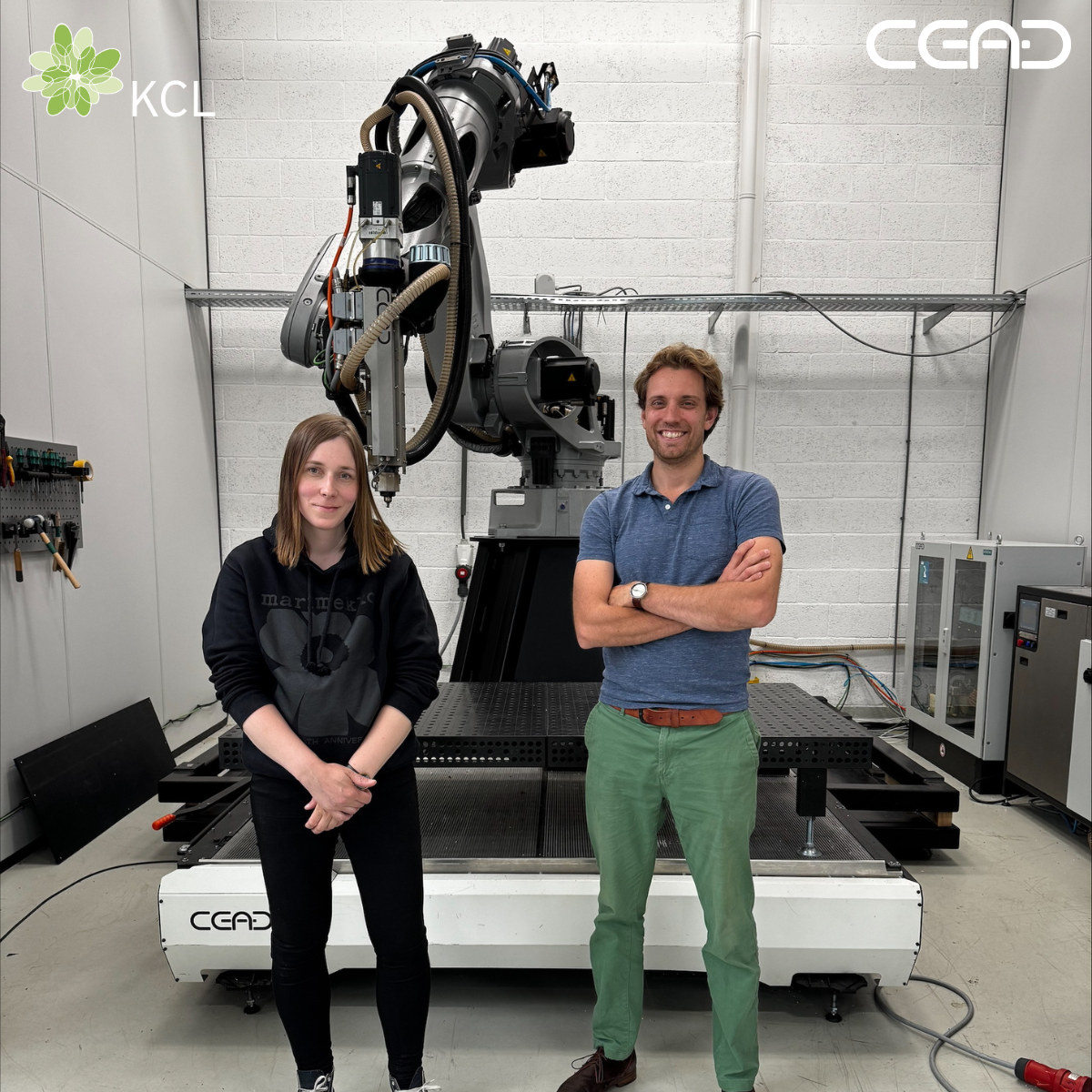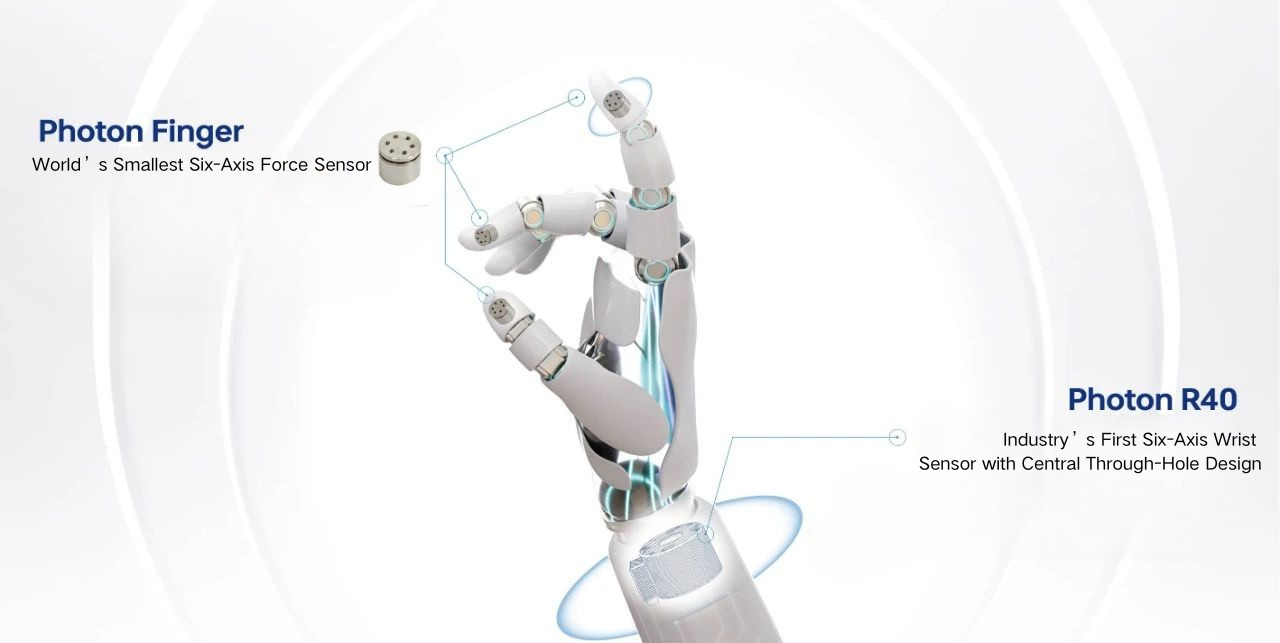We’re kicking things off today in 3D Printing News Briefs with some business news, starting with UK-based WB Alloys, which will build its first U.S. wire alloy production facility in Virginia. AML3D is accelerating its entry into the UK and European markets through a new distribution deal, and CEAD is partnering with KCL to advance sustainable large-format 3D printing. Moving on, Bright Laser Technologies and Haptron Scientific are collaborating to develop next-gen optical force sensors. Finally, pro-cyclist Tadej Pogačar won the Tour de France on a 3D printed saddle.
WB Alloys Establishing First U.S. Production Facility in Virginia
WB Alloys manufactures high-performance alloy wire for welding wire-based metal 3D printed components, and develops advanced closed-loop weld monitoring systems and WAAM/DED additive manufacturing equipment. Based in the U.K., the company is investing $6.6 million to expand operations with its first U.S. production facility, to be located in Danville, Virginia. Operations will begin in a 10,000-square-foot facility, with plans to scale up to 50,000-square-feet. WB Alloys already has seven locations across the U.K. and one in the Middle East, so this new plant is a major milestone in the company’s global growth strategy. The Danville facility will specialize in producing wire alloys for the U.S. Navy and the Department of Defense (DoD), which makes sense considering how much defense manufacturing already goes on in the area. The project will create 30 jobs, and the Virginia Economic Development Partnership (VEDP) will support the creation of these jobs through the state-funded Virginia Jobs Investment Program (VJIP).
“We are proud that WB Alloys has chosen Virginia for its first U.S. production facility. Their decision to establish operations here not only speaks to the strength of our workforce and business climate but also reflects Virginia’s growing leadership in advanced manufacturing,” said Virginia Governor Glenn Youngkin.
The governor approved an $80,000 grant from the Commonwealth’s Opportunity Fund to help the City of Danville and Pittsylvania County with this project.
AML3D Announces U.K. Distribution Deal to Accelerate Entry into Europe
After successfully entering the U.S. defense market, Australian wire arc additive manufacturing (WAM) OEM AML3D Limited is working to speed up its entry into Europe. As such, it has announced a distributor deal with Arc Additive Limited, a Scotland-based supplier of metal WAM solutions. The two-year partnership appoints Arc as a non-exclusive distribution partner across Europe and the U.K. to help accelerate AML3D’s access to those manufacturing sectors. After a successful capital raise in late 2024, AML3D announced that, as part of its strategic growth plan, it would invest AU$5 million to set up a European technology base. Appointing Arc as a distribution partner in Europe and the U.K. aligns with its growth strategy, which includes leveraging its planned manufacturing capacity in Europe, and current capacity in Australia, to support AUKUS defense markets, as well as other global significant manufacturing and defense markets.
“We are seeing the same demand signals in Europe that are driving our phenomenal growth in the US across Defence but also Utilities and Energy. We are very much looking to roll out our US playbook in Europe. That includes leveraging third party distributors in Europe like Arc. It includes establishing a Technology centre in Europe like we did at Stow Ohio. It includes supporting the AUKUS defence partners like we are with our contract with BAE systems in the UK,” said AML3D CEO Sean Ebert.
“While much of the excitement around AML3D’s growth has rightly been focussed on the US market we have continued to work on the significant growth opportunities represent by the UK, Australian and European markets. This distributor partnership with Arc is a great example of this work. Building our distribution capabilities across the UK and mainland Europe will help us to convert the strong demand in these markets to contract wins. My expectation is the alloy testing contract we have already signed with BAE Systems in the UK is just the beginning.”
KCL & CEAD to Advance Sustainable Large-Format Additive Manufacturing
KCL, an open access piloting service provider, announced a partnership with large-format additive manufacturing (LFAM) provider CEAD to help advanced sustainable LFAM technology. CEAD is always looking to widen its materials portfolio, and KCL’s biocomposites have been successfully tested and confirmed with CEAD’s hybrid LFAM systems for new opportunities in circular, bio-based production. At the center is high-performance biocomposite KCL Formi, developed specifically for LFAM. It uses sustainable, patented compositions of thermoplastics mixed with fine bleached cellulose pulp fibers, which is different than traditional LFAM materials that use carbon or glass fibers. This means a lower environmental impact during incineration, as well as improved recyclability and performance. The bio-based material also resists water and outdoor conditions, making it more durable, and its fast cooling and low shrinkage enable stable, faster 3D printing. Finally, KCL Formi is compatible with various coatings, which makes milling and sanding easier. Because CEAD’s hybrid LFAM systems are fully compatible with this biocomposite, manufacturers can lower their carbon footprint and reduce waste, while continuing to offer high-performance solutions.
Eve Saarikoski, Development Manager at KCL, said, “By replacing traditional reinforcement fibers with cellulose, we’re enabling a new class of materials that are not only strong, durable and easy to post process, but also recyclable, and safer to process.”
BLT & Haptron Scientific Collaborate for Next-Gen Optical Force Sensors
High-performance six-axis force/torque sensors are considered, as Bright Laser Technologies (BLT) says, “essential components for safe and adaptive human-robot interaction.” That’s why it’s been working with Haptron Scientific to develop a new generation of optical six-axis force sensors. The pair used BLT’s metal AM technology and Haptron Scientific’s proprietary optical multimodal sensing technology to create a full sensor suite that targets force measurement needs at important robotic joints. The Photon Finger, which BLT calls the “world’s smallest” six-axis force/torque sensor, was structurally optimized for part count reduction, with a miniaturized design for tight finger joint integration, and printed using 18Ni350 maraging steel powder on the A100. The PhotonR40 features a central through-hole structure to simplify force sensing integration in humanoid robot wrists, and BLT’s lightweight materials enabled a 20-30% weight reduction. The Ankle Joint Sensor, used to measure force and torque during human motions, was printed with BLT’s steel materials, and features enhanced load capacity and yield strength. Finally, the BLT A160 and 18Ni300 maraging steel powder were used for the Photon Finger Max, with 23 times more load capacity than its predecessor.
“With over a decade of expertise in metal 3D printing, BLT helped Haptron Scientific break new ground by meeting its need for smaller, stronger, and lighter components—setting a new benchmark for tactile sensing systems in humanoid robots,” BLT wrote. “From fingertip-level micro-force sensing to high-load industrial sensors, the two companies are jointly advancing sensor manufacturing toward greater intelligence, scalability, and standardization. Looking ahead, BLT and Haptron Scientific will continue to explore cutting-edge applications in robotics, additive manufacturing, and new materials—accelerating the path toward smarter, more autonomous manufacturing.”
Tadej Pogačar Wins Tour de France on a 3D Printed Bike Saddle

Tadej Pogačar won this years’ Tour de France riding on a custom-made Fizik 3D printed saddle that was produced using Carbon’s advanced DLS 3D printing technology
In 2024, additive manufacturing company Carbon and biking accessory brand Fizik released custom 3D printed bike saddles under the One-to-One label, developed in partnership with bike-fit specialists gebioMized. Last month, the saddle personalization program won Gold in the Components category at the 2025 EUROBIKE Awards. Now, one of their custom 3D printed saddles was first over the finish line in the legendary Tour de France, which concluded at the end of July with the traditional finale on the Champs-Élysées in Paris. Pro-cyclist Tadej Pogačar, riding for the UAE Team Emirates‑XRG with a short-nose Vento Argo 00 Adaptive saddle, was crowned the overall winner of this year’s three-week race.
During dynamic fit sessions, a rider’s biometric data and pressure mapping is captured, and then used to design a bespoke bike saddle with specially tuned comfort zones. The saddle is tailor-made and optimized for each rider’s unique pressure profile, and 3D printed using Carbon’s resin-based Digital Light Synthesis (DLS) process. Each saddle features complex lattice structures for rider-specific cushioning. Depending on what each rider needs, the saddle can be softer where pressure relief is needed, and firmer where stability is important. This helps improve the rider’s pressure distribution, support, and overall performance, and in cases like this, propel them to a first place finish.





